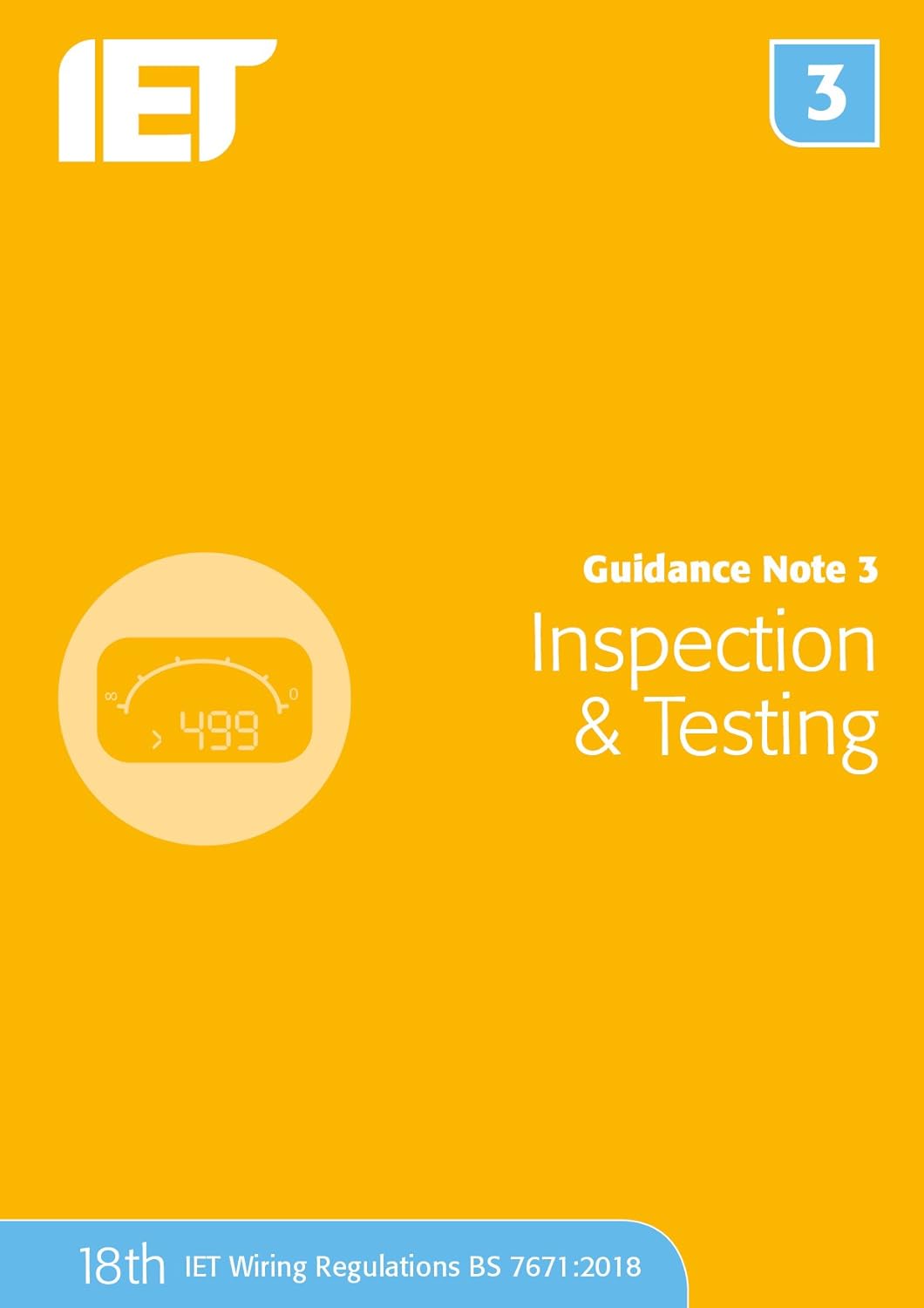About this deal
From Table 1, a 60 m 2.5/1.5 mm 2 ring final circuit only shows a change of one in the least significant digit in the reading as you move around the ring, but with the same ring final circuit wired in 4.0/1.5 mm 2, the change is five in the least significant digit on the instrument. This is a change of 25% of the lowest reading. The lowest reading deviates by 20% from the existing rule of thumb, and the highest reading is predicted by the rule of thumb. The longer the circuit, the more noticeable the difference in reading will be on a test instrument.
However, it is important to remember that Table 3.2 is titled ‘recommended initial frequencies of inspection of electrical installations.’ The first important word is ‘recommended’, it is exactly that, a recommendation and not a legal requirement. It is also important to note that this is for initial frequencies for new installations. It is worth noting that for domestic rented accommodation and houses in multiple occupation, the recommended maximum period between each inspection and test is five years or change of occupancy, which is often overlooked. When carrying out an earth fault loop impedance test at ambient temperature, it is necessary to adjust the value to take into account increased resistance of the conductors due to a rise in temperature caused by load current. The whole spectrum of electrical tests is employed on the necessary circuits and devices including when appropriate… Some test instruments have a variable trip current setting, if a tripping current of 50 mA at five times I Δn was selected on the Type A setting, a trip current of 350 mA could be simulated (50 x 5 x 1.4 = 350 mA). However, the variable test current feature is not available on all test instruments. In any case I have not heard a valid reason as to why the IET would round up Zs values above the maximum allowed by BS7671 instead of rounding them down if they want to display them to 2 decimal places.RCD tests may be affected by loads downstream that contain electronic equipment or may incorporate permanent leakage current due to the capacitance of cables where circuit lengths are considerable.
The C&G 2391-52 testing schedule is amongst the hardest in electrotechnical training. These comprehensive assessments will certainly put delegates through the ringer, and really determine whether they’ve grasped the practical skills and theoretical knowledge related to verification, inspection and testing. Each manufacturer’s instrument is different but changing the RCD Type is usually selected by pressing the relevant ‘function’ button on the instrument and the RCD Type symbol will change accordingly: see Figure 2. Most instruments will include a function to test general non-delayed and S Type time-delayed Type AC and Type A RCDs, some test instruments may also include a facility for testing other Types such as Type B RCDs.Regular inspections of a particular frequency might be a requirement of a British Standard or a Code of Practice, such as is the case with some aspects of fire detection and fire alarms systems and emergency lighting installations. The interval between each inspection and test will require an engineering judgment to be made based on the knowledge and experience of the inspector. The Electrical Safety Standards in the Private Rented Sector (England) Regulations 2020 states that an electrical test is required for a rented property at a maximum interval of five years, but this could be reduced by the inspector, but this would need to be justified. Table 4 Maximum values of break time for Type A RCD extracted from BS EN 61008-1:2012+A2:23-1:2012+A11:2015
 Great Deal
Great Deal 